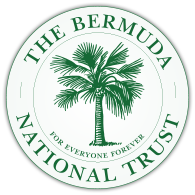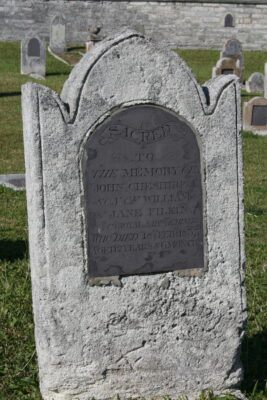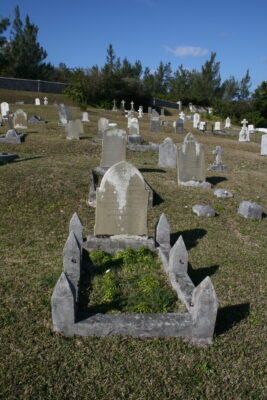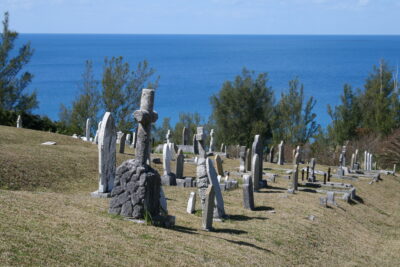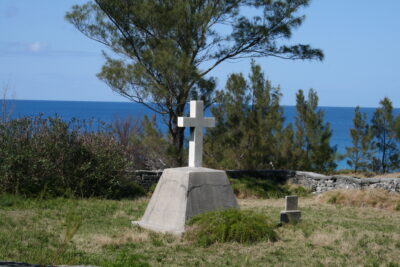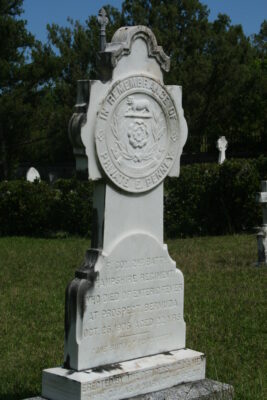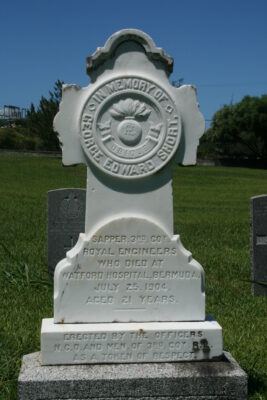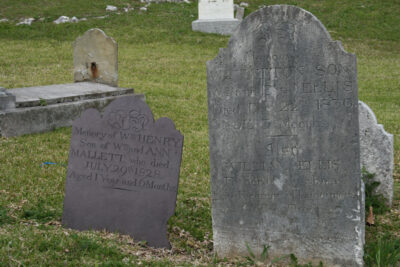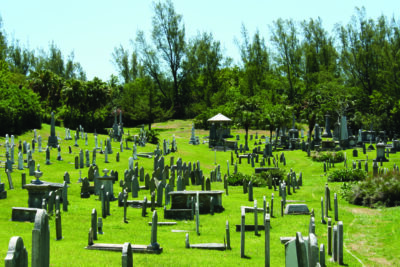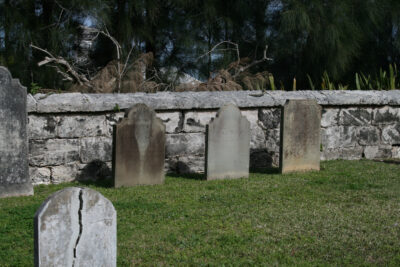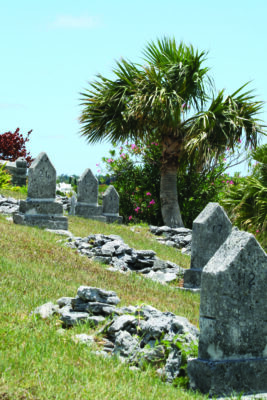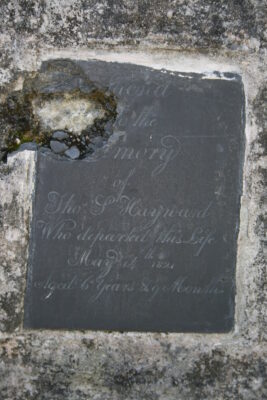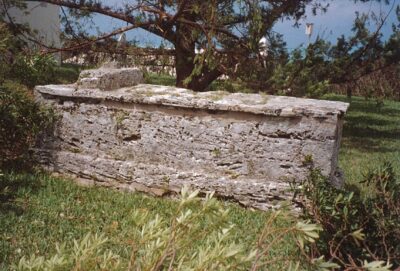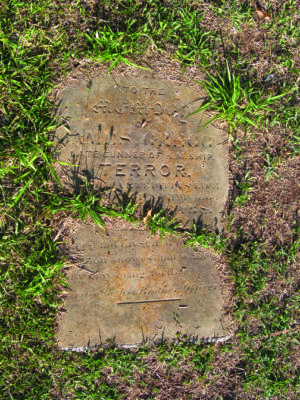Bermuda has many beautiful historical cemeteries accessible to all who care to venture into them. While most are owned by the Bermuda Government, many are leased by and cared for by the Bermuda National Trust, supported by the Commonwealth War Graves Commission and the Canadian War Graves Commission.
The dignity of the Victorian memorials, the life-size military accoutrements, such as the carvings of ships, crosses and lambs, have generally been kept in good repair through the dedication of individual craftsmen, despite hurricanes and vandalism. Memories of days gone by are kept alive in the inscriptions: sailors who fell from aloft, mothers who died in childbirth, and prisoners who grew sick on the prison hulks. The cemeteries are also host to Bermuda’s wildlife, offering a refuge in a built-up environment.
For more detailed information on Bermuda’s historical cemeteries, view and download our Cemeteries Visitor Guide. View locations on Map of Properties.
